Presented by:
Good afternoon, dear readers of this Parallel universe! This week we will dedicate the issue to what, for me, is the most important problem in science: the problem of consciousness.
- What is consciousness? How did it evolve? Where does its origin lie?
It is a problem that not only has difficulty in its answers, but also – and fundamentally – in its questions. This is because it is very difficult to objectively characterize something that we can only experience alone, in the first person. It is very different from any other phenomenon, about which we can reach consensus and describe it out there, in the third person.
- This has given rise to speculations of all kinds and eternal debates among philosophers, psychologists and neo-scientists.However, for the first time in history we have a practical problem, in which the advance of computing and artificial intelligence has opened a new front: will there come a time when the intelligence of machines is indistinguishable from that of the human brain? Will that machine develop consciousness? This not only generates scientific problems, but also social and ethical ones.
- This is why the discussion about consciousness has become more acute.Most think that it is an emerging phenomenon that is the product of complex brains and, therefore, sooner or later the complexity of algorithms will reach a level that will generate it.
Others have more exotic theories. Doctor in Molecular Genetics and Microbiology Nicole Trefault will talk to us about ideas that, far from pointing to complexity, accept the existence of some form of consciousness in any living organism, even if it is unicellular.
Some, like the Nobel Prize in Physics Roger Penrose, bet that there are physical phenomena that we do not yet understand, but that may be related to conscious phenomena.. In his case, quantum gravitation. While few will follow Penrose in that, there is a movement that seeks to find how intrinsically quantum phenomena could be fundamental to understanding consciousness.
- We know, for example, that the way birds orient themselves in the Earth’s magnetic field depends on a biological process that only quantum mechanics can explain. Doctor in Physics Ariel Norambuena tells us about this here.
Based on this type of phenomenon, some neurobiologists experiment with anesthetics, substances capable of stopping the flow of consciousness. Xenon is one of them. By modifying quantum properties of these atoms without changing their chemical properties, they try to observe whether their anesthetic qualities are also modified.
- All of this remains to be seen and is very controversial, but no less relevant.
Every week we ask a scientist the same questionnaire. On this occasion we traveled to Spain, where the theoretical physicist José Edelsteinfrom the University of Santiago de Compostela.
From there we headed to the South Pole, where we obtained the image of the week. Over there a huge neutrino detector made of ice reveals the innards of matter in the universe.
- I end by recommending a scientific non-fiction book and an album that I love.Welcome aboard this new edition of Parallel universe!
Before starting with what calls us, I tell you that today It is already the fourth edition of this Parallel universe to which we are inviting you and we hope you like it, sign up and be part of this community of science lovers. One that promises to grow and develop different forms of meetings between scientists and the community.
- We promise not spamear: The first three editions came to you because we thought this product might interest you, but if you don’t sign up, you won’t get any more. Sign up for free
1
THE CONSCIOUSNESS OF CELLS
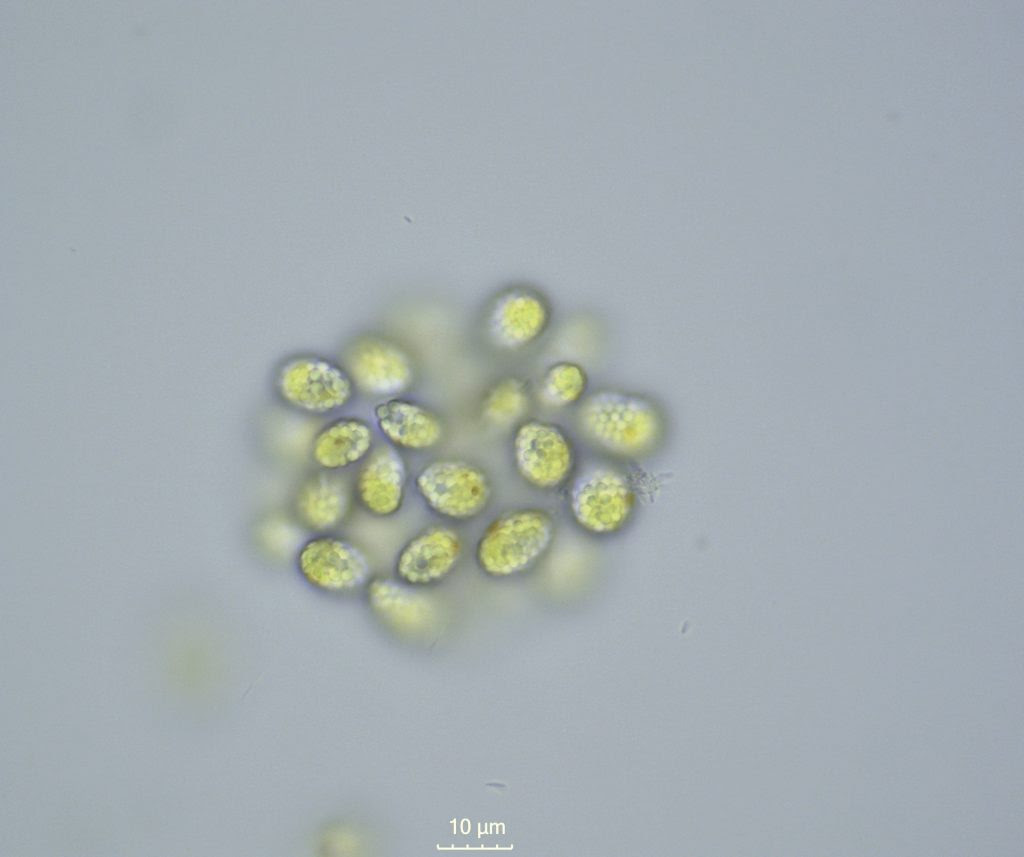
Chlamydomonas microalgae; Courtesy: Dr. Gerikas Ribeiro.

By Nicole Trefault
Doctor in Molecular Genetics and Microbiology
We have all thought more than once about consciousness and the ability to feel. But where and how do they appear in evolution?
For most neuroscientists, the evolution of consciousness required the development of a nervous system and a brain with a complexity above a certain threshold, such as that which exists in vertebrates, arthropods and cephalopod mollusks such as octopuses and squid.
So, Any form of sentience and consciousness would have evolved almost four billion years ago, along with the first bacteria and archaea.. The “cell-based theory of consciousness” is based on the assumption that life and sentience are almost coincident.
- What elements could bacteria and archaea have to be considered sentient and conscious?
In the words of the authors of this work, “they have elaborate sensory systems, they learn to navigate their environments, they anticipate regular changes in events around them, they establish surprisingly resilient memories, they communicate with each other, they display a primordial form of altruistic behavior, they detect and contextually evaluate various aspects of its environment […] and use this information to make adaptive decisions.”
These ideas are not new. They had already been raised by the great evolutionary biologist Lynn Margulis in the early 2000s, in her work The conscious cell.
However, there is a beautiful and profound point that these proposals underline. It’s just that our notions about consciousness are too human-centered. Perhaps there is much more richness and forms of consciousness in the natural world. It may not just be about brains and complex neural networks and there may be a continuous spectrum that allows for diversity with different levels of sentience, from the complexity of our brains to much simpler organisms. Who knows if bacteria could, after all, be part of that diversity?
2
THE COMPASS OF THE BIRDS
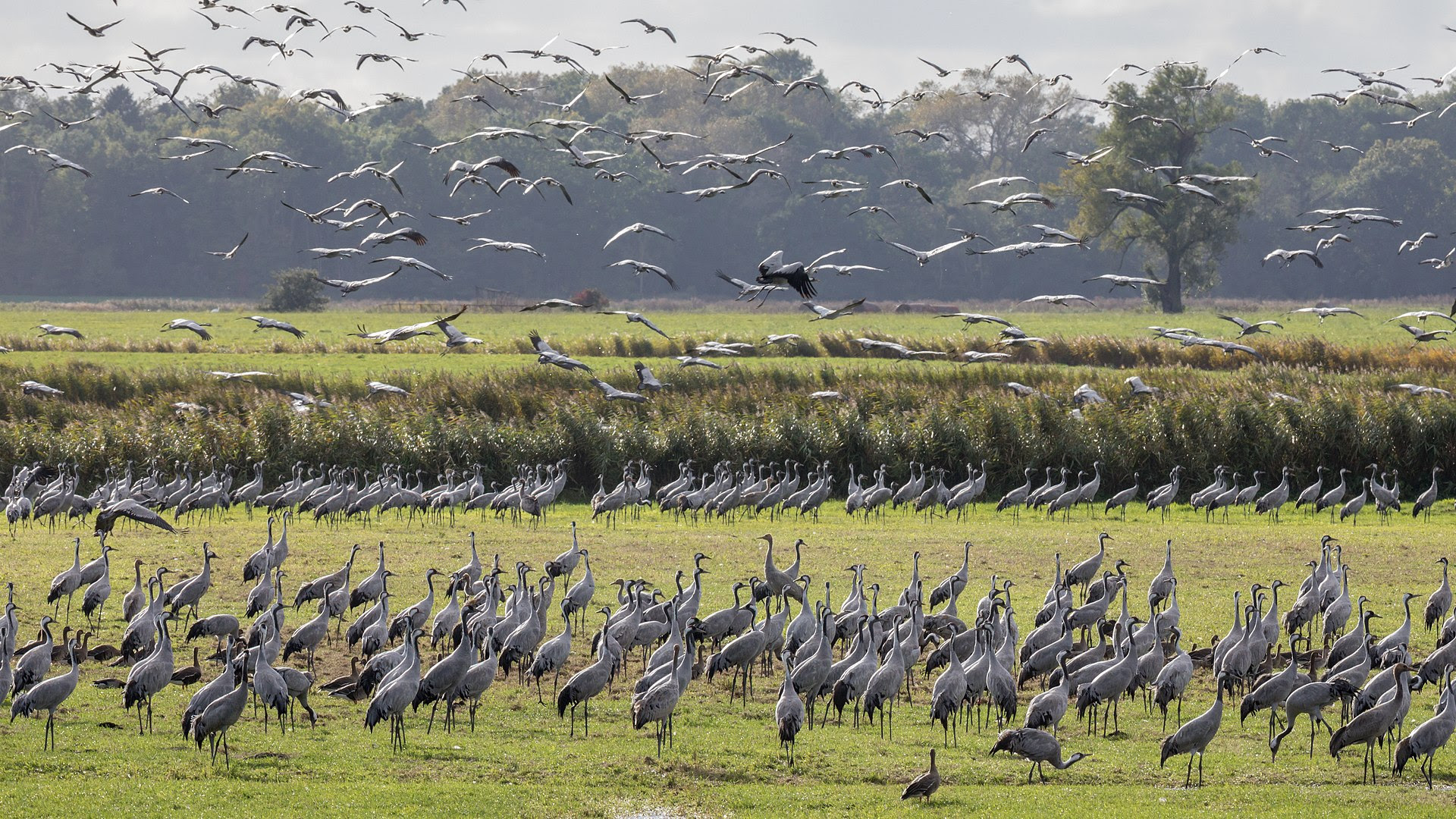

By Ariel Norambueno
Doctor in Physics
Every year, millions of birds make an incredible migration from their nests to distant wintering grounds, traveling thousands of kilometers without getting lost. How do they accomplish this navigational feat without going off course? The answer is found in a molecule called cryptochrome, present in the eye of certain birds, which acts as a microscopic compass sensitive to the Earth’s magnetic field.
- It is an extremely small compass, so to describe it it is necessary to use a theory that is effective at these tiny scales: quantum physics. The mystery of the quantum compass has science on its head, looking for a key to unravel the incredible migratory ability of birds.
As it reminds us The little Prince“what is essential is invisible to the eye,” but it seems that some birds can “see” those invisible magnetic fields thanks to the principles of quantum physics.
- This scientific journey began in 1978, when two theoretical physicists from the Max Planck Institute proposed the idea of a light-sensitive molecule that could detect the magnetic field through a phenomenon called “radical pairs.”
- The phenomenon “radical pairs”It is explained as follows: cryptochrome absorbs a photon of light, producing a pair of electrons, each trapped by a molecule called a “radical”.
These electrons are separated from each other by enormous distances on the atomic scale, but they are kept intimately linked by one of the most fascinating properties of quantum physics: entanglement.
Each electron functions like a small magnet that has its own magnetic field, but the way in which the entangled state of the two electrons evolves depends crucially on the direction of the external magnetic field they experience. In this case, that of Earth.
- In this way, the Earth’s magnetic field affects the chemical evolution of certain molecules in the eyes of birds, allowing them to “see” the Earth’s magnetic field.
In 2011, a research group presented a work that explained this phenomenon in detail. One of the points highlighted is the incredible ability of bird biology to “protect” delicate quantum entanglement, which was assumed to last much shorter due to interference from the environment.
When we witness the migration of birds, we will be able to say that it is thanks to quantum physics, who would think!
3
THE QUESTIONNAIRE: JOSAND EDELSTEIN
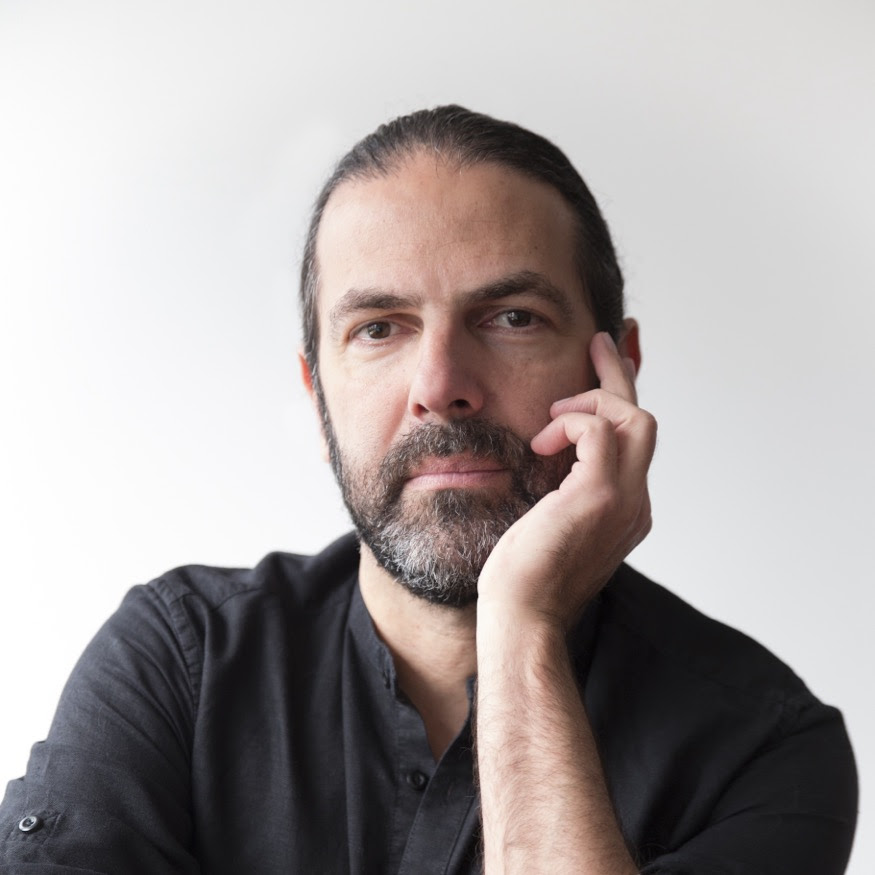
Photography by Elena Mora
Every week we ask a scientist the same four questions. In this edition, we interview theoretical physicist and writer José Edelsteinfrom the Galician Institute of High Energy Physics (IGFAE) at the University of Santiago de Compostela.
-What motivated you to dedicate yourself to science?
-Since I was very young I liked mathematics and, when I discovered it, physics. He did high school in Caracas and there I had no scientific models in which to see myself reflected, so I started studying electronic engineering. After 3 years I realized that what I really liked about the career was learning and I was horrified by the professional practice that I saw on the horizon. I took the entrance exam at the Balseiro Institute, in Argentina, and suddenly, almost without thinking about it, I saw myself training as a physicist. I knew right away that I wanted to be a theoretical physicist. In the end, that’s what I always liked: trying to understand the language in which Nature speaks to us.
-What is the scientific work that most influenced your activity?
-Without a doubt, my unconditional love for physics came from quantum mechanics. Dirac’s formulation, as abstract as it is precise, fascinated me. Later came General Relativity and differential geometry. It’s not very original, I think, but the works of Dirac and Einstein were, by far, the ones that most influenced my activity. Much later, the Maldacena conjecture appeared, a relationship of a holographic nature between the two great theories of the 20th century. Much of my career since then has been dedicated to understanding and using these ideas.
-What is the most important scientific problem to solve?
-It is impossible to answer this question, except in a very biased way. Today I would say that understanding the nature of what we call dark energy is the most important problem to solve. More than two-thirds of the energy content of the observable universe is given by this enigmatic fluid. I have the impression that understanding it is the key to shedding some light on the quantum nature of gravity. But this doesn’t seem like it’s going to be resolved anytime soon. In that sense, the most pressing thing, today, seems to me to be understanding why the expansion rate of the universe gives different values when it is calculated from astrophysics or from cosmology. There is something we are misunderstanding.
-What is the question that keeps you awake as a scientist and how do you face it?
-We have good reasons to think that General Relativity is an effective theory, and that it must be corrected when the curvature of space-time is large. I have been seeking for several years to understand what type of corrections are possible, imposing conditions such as the preservation of causality, the positivity of energy or unitarity (preservation of probability at the quantum level). Also trying to characterize how these corrections could be observed at an astrophysical and cosmological level. I work on it with colleagues from other institutions and doctoral students, with a lot of patience and absolute humility in the face of the magnitude of the problem.
4
THE IMAGE OF THE WEEK

Photo credits: NSF / B. Gudbjartsson, IceCube Collaboration
The photo shows the drilling of a deep hole, near the South Pole, at the Amundsen-Scott base. It is one of the 86 holes inside which long ropes hang that penetrate the Antarctic ice up to more than 2 kilometers.
- It is part of the observatory IceCubewhich takes advantage of the enormous volumes of crystalline ice present in Antarctica to trap one of nature’s most elusive particles: the neutrino.
Neutrinos are a type of particle that has no electrical charge. They have a very small mass compared to any other massive particle, which means that we find them traveling at enormous speeds, close to that of light.
- Neutrinos are typically produced when atomic nuclei decay, emitting radioactivity. On the Sun, for example, this commonly occurs. Every second, about one hundred billion neutrinos pass through your thumb.
To capture them, a detector consisting of a square kilometer of Antarctic ice is used. In that large volume the probabilities of an interaction are greater. When a neutrino interacts with matter, it produces charged particles, which, in turn, emit light when stopped in matter. That light moves through the transparent ice until it reaches one of the more than five thousand detectors attached to the ropes.
- Despite the size of the ice detector and the number of neutrinos that pass through it every second, only about three hundred are captured each day.
There are three types of neutrinos, which are associated with the same number of charged particles.. The electron neutrino – a relative of the electron –, the muon neutrino and the tauon neutrino – relatives of particles similar to the electron, but more massive and much less common.
One of the notable characteristics of neutrinos is that they can change their identity: they can be emitted in one of their types and then be detected in another. This is what we call “neutrino oscillation”.
- The IceCube experiment once again captured the attention of the scientific community in recent weeksafter the appearance of apreprint (version not yet peer-reviewed or published in a journal) that announces the discovery of seven tau neutrinos, the most difficult to capture, coming from outer space (not from the Sun, like most).
This helps to better understand the origin and characteristics of neutrino fluxes that come from the far reaches of our galaxy, and even beyond. Since almost everything is transparent to these elusive particles, it is possible that in the future we can use them to look very deep into stars and galaxies. A kind of cosmic x-ray, courtesy of neutrinos.
5
BRIEF PARALLELS
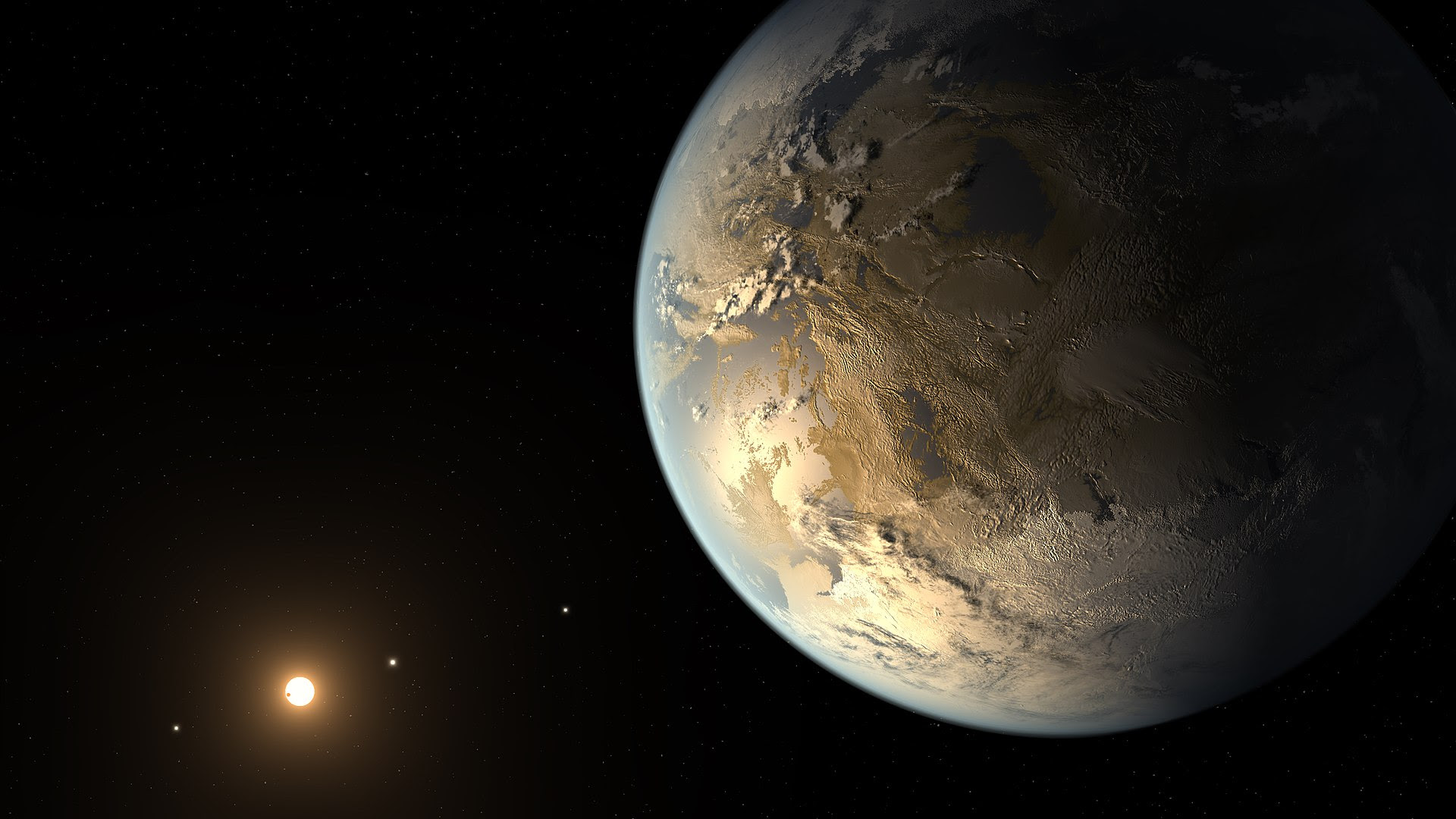
Artist’s representation of Kepler-186f
– Exactly 10 years ago, through a press release, NASA announced the discovery of the first planet similar to ours that has ever been discovered outside our solar system.: Kepler-186f.
It was observed by NASA’s Kepler space telescope, orbiting the star they called Kepler-186, 582 light years away.
- The planet is slightly larger and more massive than Earth, andThe star it orbits is a little cooler than our Sun and half its mass.
The characteristic that makes it peculiar is that it is in the “habitable zone” of its star. That is, it is at a distance that would allow it to have liquid water on its surface and, therefore, host some form of life.
Since then, several dozen planets have been discovered in the habitable zone, but Kepler-186f remains one of the favorite candidates for finding liquid water.
– 80 years ago, during the development of the Manhattan Project, a woman named Elda Emma Anderson was the first person to purify a sample of atomic fuel: Uranium-235. Anderson died on this day, April 17, 1961, at the age of 61, as a result of leukemia, a common disease among scientists who were exposed to radioactive materials at a time when their dangers were not known.
– One of the easiest problems to state and most difficult to solve in mathematics is twin cousins conjecture.
- It is known that there are infinitely many prime numbers, those that can only be divided by themselves or by 1: 2, 3, 5, 7, 11, 13, 17, etc. The demonstration is very simple and those interested can consult it here.
It is also observed that there are pairs of prime numbers that are two units apart, such as 3 and 5, 5 and 7, 11 and 13, etc. No one knows if these pairs of cousins, called twins, are infinite. It is conjectured that they are, but no one has ever been able to prove it.
- As of August 2022, the largest known twin cousins were 2,996,863,034,895 × 21290000± 1, numbers with 388,342 decimal digits.
The most famous mathematicians have attacked this problem without success. Do you dare?
6
RECOMMENDATIONS
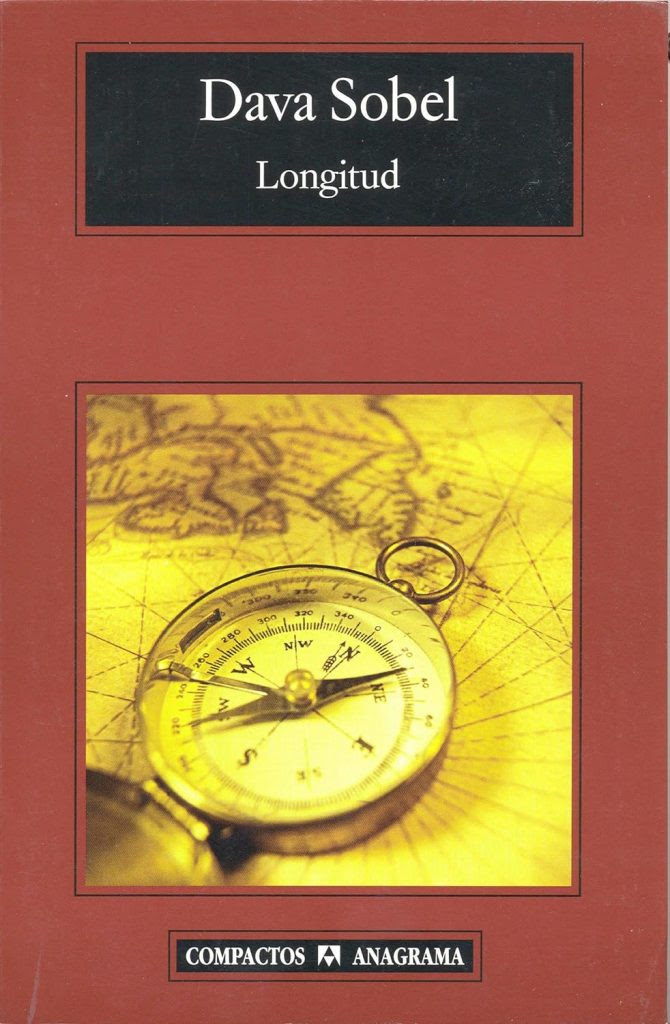
– Length (Anagrama, 2006), by American author Dava Sobel, is a short and wonderful book of scientific non-fiction.
- The so-called longitude problem was one of the most important challenges in physics and engineering in the 18th century. It consisted of being able to measure the length of a ship on the high seas (using a sextant you could find the latitude very well). The error in these measurements gave rise to an enormous number of naval accidents.
In 1714, the British Crown published the Longitude Actwhich offered rewards of up to £20,000 for a method of finding longitude at sea to within half a degree, after a six-week voyage to the West Indies.
Sobel tells this entertaining story with great agility, showing places where science, politics, passion and greed collide.
- Many of the great scientists of the time were interested in this problem, which was finally solved by the great watchmaker John Harrison.
Length It is a great work of non-fiction, which is read quickly, but never forgotten.
– After the death of Peter Higgs last week, it is worth recommending one of the great albums by the Australian band Nick Cave & the Bad Seeds: Push the Sky Awayof 2013.
One of the songs included there is the great “Higgs Boson Blues“, based on the particle that Peter Higgs, along with other physicists independently, theorized in 1964. The wait for almost 50 years for its discovery inspired this work, an intellectual journey that is also a car trip to Geneva, where discovered in 2012, at the LHC (Large Hadron Collider).
- The song that concludes the album seems to give advice to any PhD student in the sciences: “You just have to keep going/Keep going/Push the sky away.”
Presented by:

That’s all for this week on Parallel universe. If you have comments, recommendations or topics to contribute, you can write to me at Universoparalelo@elmostrador.cl. The idea is that we generate a great community that leaves behind parliamentary show business and base human passions, to enter a much better world. A much more civilized one. In a Parallel universe. Until next week!







